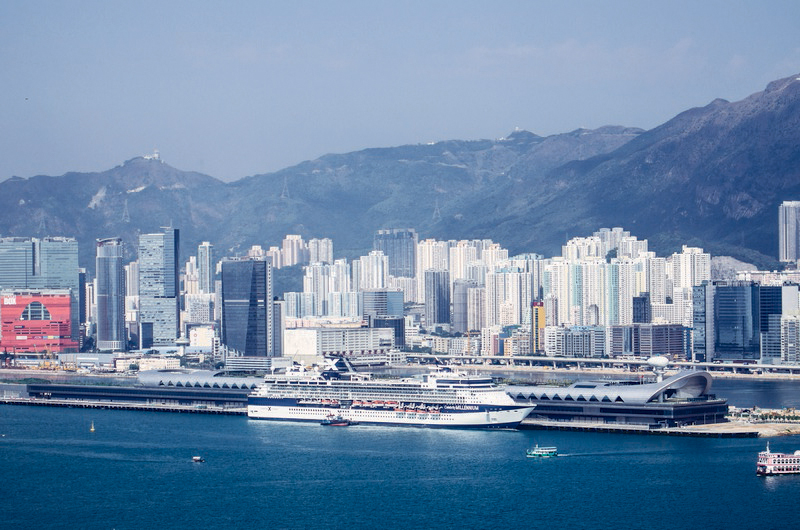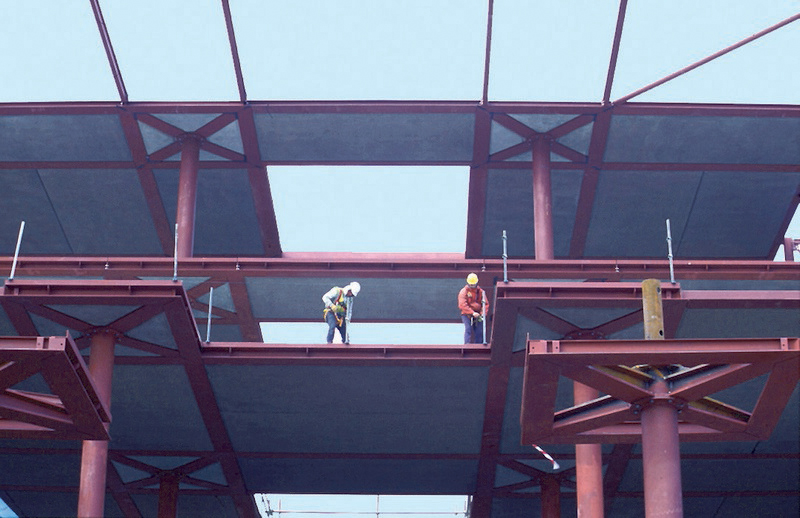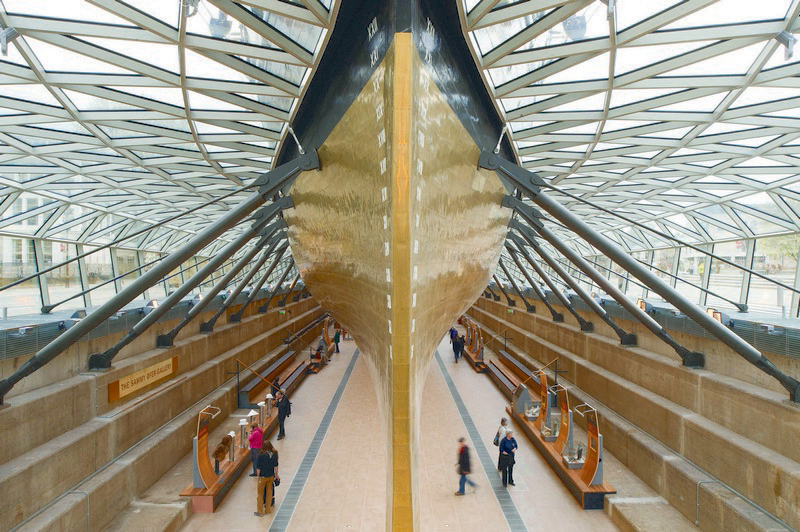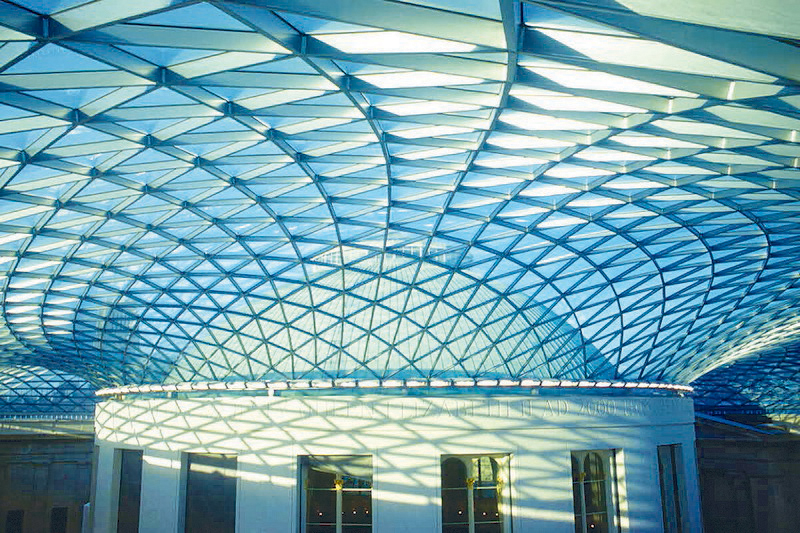It’s staggering when you look at the figures just how quickly urbanisation is occurring. Unprecedented levels of demographic moves are fuelling global change unlike anything we have seen before. The biggest and fastest changes are happening in India and China with Indian cities growing by 30 million people a year and Chinese cities by 40 million a year.
Of course there is significant change in the West also, for example in the USA urban growth is increasing by just 3.5 million per year, but by comparison it is night and day.

The Hong Kong Cruise Terminal
Unsurprisingly, this rapid change presents a number of challenges particularly for those working in the construction industry. A global shortage of skilled labourers coupled with the volume of construction output needing to grow by more than 70% worldwide begins to put the issue in focus. What’s more this predicted growth will be concentrated in Asia: Asian countries will boast the first, third and fifth largest construction markets in the world.
So what to do? We can’t stand still. These escalating demands require a change in the way we think and to be tackled they require innovation, exploration and a desire to do things differently. How can the construction industry deliver products that can keep pace with demand but also fulfil the time, cost, quality quandary? You can of course build quickly and inexpensively but at the sake of quality, or you can build quickly with quality as long as you have the money.

Millenium Point
Neither route presents an acceptable solution.
Engineers at Buro Happold have been developing design techniques and technologies to meet the challenge head on. Learning from the past we can look at ways to revolutionise our industry – Henry Ford did it by turning the automobile from a curiosity of the rich to transport for the masses and he did this through modularisation.
Manufacturing has mastered the art of process and assembly lines so why not construction? But if you are thinking modularisation loses some of the romanticism of creativity or cuts corners then think again. The highly complex British Museum Great Court roof, used robots to cut and manufacture the 10 km of rectangular sections to offer a uniform 90% utilisation, this reduced steel weight and therefore time and cost, all of this and it is achingly beautiful too.

Cutty Sark
At Millennium Point in Birmingham, the componentised structural steel and concrete composite flat slab floors delivered a 50,000 m2 mixed use museum building delivered in just six months. So modular systems can meet time, quality, cost and creativity, but we must not overlook the figures that we started with and must use modularisation to meet some of societies more fundamental and basic needs.
Housing, healthcare, schools must all be built to provide opportunity for those migrating to cities and someone needs to construct all these facilities to meet growing demands.
Providing low cost, quick to construct, robust good quality accommodation for workers is essential. In Mozambique we are pioneering pre cast concrete housing on a massive scale, providing homes for 50,000 people. A kit of parts will be sent to the country and assembled by local people for local people.

The British Museum
Similarly in India we are prototyping naturally ventilated modular buildings that can accommodate workshops on the first level with living accommodation above. Set to revolutionise the slums of Mumbai the buildings will not only supply homes but also provide opportunity for cottage industries and entrepreneurism.
Homes for people to live in, places for people to thrive in and safe environments for people to grow in can be achieved by adopting a different way of looking at traditional construction.
So as the global population expands and moves and emerging economies develop so the construction industry must adapt and evolve. Engineers look at things differently, assess the wider issues, bring all the components together and create integrated solutions that meet the challenges of delivering on time, to cost and of good quality. Buro Happold think laterally and from our Asia Pacific offices we are working with our clients, cities and society to provide solutions that can change lives.
Mr Steve Brown is Managing Director for Asia and India, Buro Happold, Hong Kong











